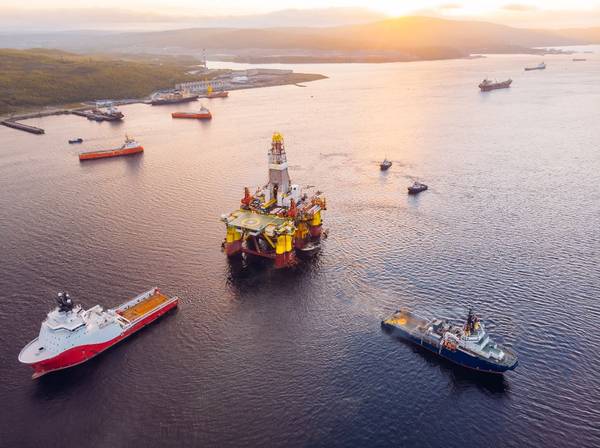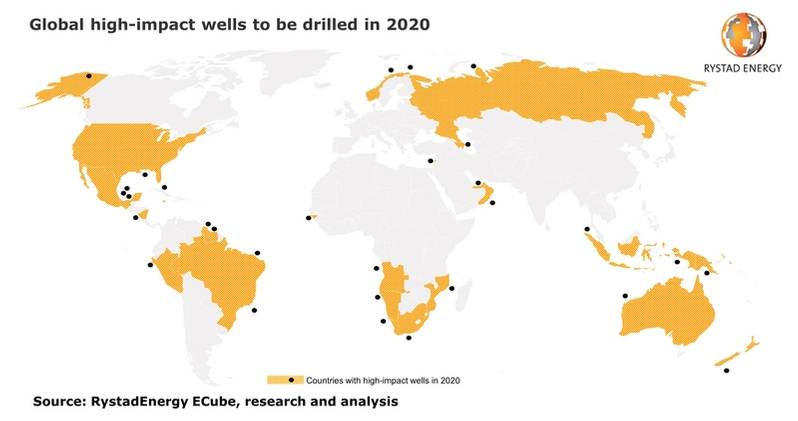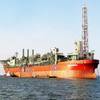
The majority of high impact offshore exploration wells in 2020 will be drilled in Africa and the Americas, Rystad Energy, an energy research group based in Norway has said.
Rystad Energy rates wells as high-impact by an assessment of several factors. These involve the size of the prospects, hydrocarbon play-opening potential in frontier or emerging basins, and their significance to the operator.
In a statement on Wednesday, Rystad said that although 2019 had been a disappointing year in terms of high-impact well (HIW) drilling in the oil and gas sector, comparatively stable market conditions are favoring new exploration activity in 2020 for areas that combine high risk and high rewards.
Rystad Energy identified the top 30 high impact wells that will be drilled this year, with a large share in the Americas and Africa.
12 in Americas, 6 in Africa
Five of the wells are located in North America, seven in South America and six in Africa. Of the remaining wells, four are scheduled to be drilled in Asia, three each in Oceania and the Middle East, and two in Europe, according to Rystad.
Rystad has pointed to Mexico, where Shell and Eni will drill the Chibu and Ehecatl prospects in their respective blocks, targeting a collective 350 million barrels of oil equivalent (boe) of gross unrisked resources.
The seven high impact wells scheduled to be drilled in South America this year will target gross predrill resources of over 5 billion boe.
Among Africa’s HIWs, Rystad has singled out Guinea Bissau’s deepwater Atum well, which will target a potential 470 million boe.
"During the past three years, 95 HIWs have been drilled globally, with 40 of them resulting in discoveries – equating to a 42% success rate. Looking solely at 2019, however, the success rate of the 35 HIWs drilled was only 31%," Rystad said.
 Image caption
Image caption



